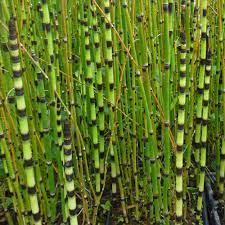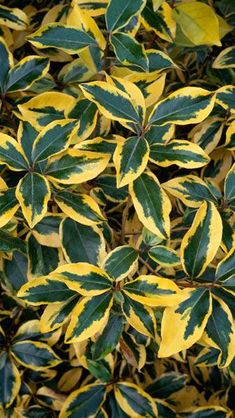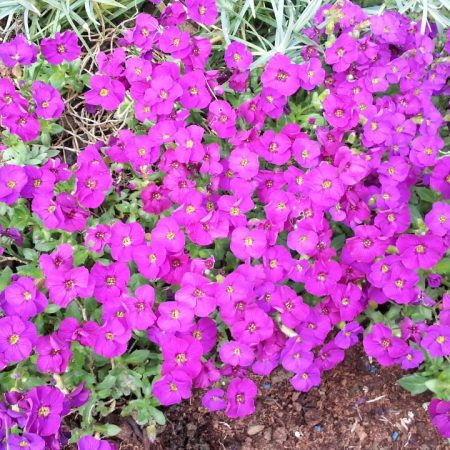Equisetum Japonicum – Barred Horsetail 10.5cm
£2.00
Out of stock
Equisetum japonicum, commonly known as Japanese horsetail or barred horsetail, is a perennial plant that belongs to the Equisetaceae family. It is a member of the horsetail genus, Equisetum, which includes primitive, non-flowering plants known for their hollow, jointed stems. Here are some key features and information about Equisetum japonicum:
Key Characteristics:
Stems:
The most noticeable feature of Equisetum japonicum is its jointed stems. The stems are hollow, segmented, and typically have a dark green to black color.
The plant spreads via rhizomes, forming dense clumps.
Height:
The height of Equisetum japonicum can vary, but it generally reaches a height of 18 to 24 inches (45 to 60 cm).
Foliage:
The plant lacks traditional leaves, and photosynthesis occurs in the stems. Small, scale-like structures called “sheaths” surround each joint on the stem.
Cone-like Structures:
Like other horsetails, Equisetum japonicum produces cone-like structures at the tips of fertile stems. These structures release spores for reproduction.
Habitat:
Japanese horsetail is often found in damp or wet areas, including marshes, stream banks, and wet woodlands.
Invasiveness:
Equisetum japonicum can be invasive in certain conditions due to its rhizomatous growth. It’s important to consider its spreading nature when planting.
Growing Tips:
Sunlight: Japanese horsetail can tolerate a range of light conditions, from full sun to partial shade.
Soil: It prefers moist to wet soil and is well-suited for areas with consistently damp conditions.
Watering: Regular watering is beneficial, especially in drier periods. It can thrive in waterlogged conditions.
Container Planting: Due to its invasive nature, growing Equisetum japonicum in containers can help control its spread.
Uses:
Ornamental Pond Plant: Japanese horsetail is often used as an ornamental plant around ponds or in water gardens.
Accent Plant: The unique, architectural appearance of the stems makes it suitable as an accent plant in garden designs.
Erosion Control: Its spreading habit can be advantageous for stabilizing soil in wet or marshy areas.
Historical Uses: Horsetails have been used historically for various purposes, such as for their abrasive texture in cleaning and polishing.
While Equisetum japonicum can be an interesting addition to certain garden settings, its invasive tendencies should be considered, and precautions taken to control its spread. It is advisable to check local regulations regarding the planting of potentially invasive species in your area.
| Flower Colour |
TBC |
|---|---|
| Root Type |
TBC |
| Foliage Colour |
TBC |
| Soil Type |
TBC |
Only logged in customers who have purchased this product may leave a review.












Reviews
There are no reviews yet.